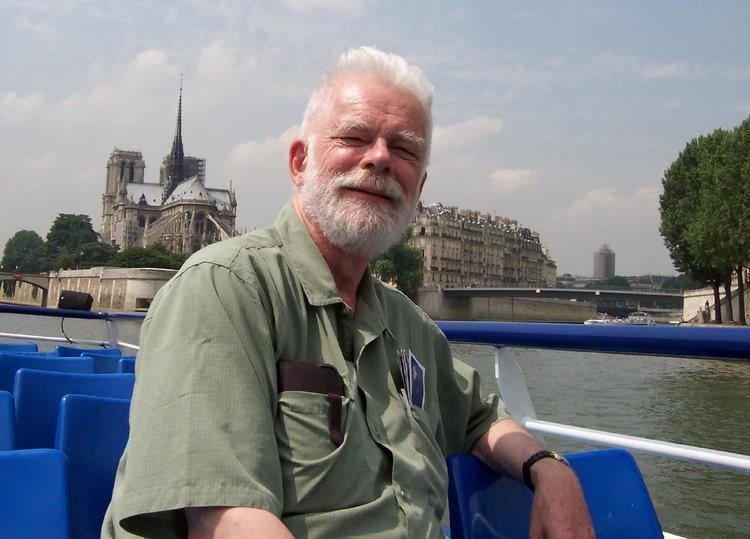Name Edward Nelson Role Professor of mathematics | ||
 | ||
Books Dynamical Theories of Brownian, Radically Elementary Probabilit, Predicative Arithmetic (MN‑32), Quantum Fluctuations, Mathematical Physics at Saint‑Flour | ||
Mathematics and Religion
Edward Nelson (May 4, 1932 – September 10, 2014) was a professor in the Mathematics Department at Princeton University. He was known for his work on mathematical physics and mathematical logic. In mathematical logic, he was noted especially for his internal set theory, and views on ultrafinitism and the consistency of arithmetic. In philosophy of mathematics he advocated the view of formalism rather than platonism or intuitionism. He also wrote on the relationship between religion and mathematics.
Contents
- Mathematics and Religion
- What good from science
- Biography
- Stochastic quantum mechanics
- Four color problem
- Foundations of mathematics
- References
What good from science?
Biography
Born in Decatur, Georgia, in 1932, Nelson lived in Italy as a child under the dictatorship of Mussolini. Nelson moved with his mother to New York City before World War II while his father, who spoke fluent Russian, stayed in St. Petersburg in connection with issues related to prisoners of war. After the war he returned to Italy for high school.
He received his Ph.D. in 1955 from the University of Chicago, where he worked with Irving Segal. He was a member of the Institute for Advanced Study from 1956 to 1959. He held a position at Princeton University starting in 1959, attaining the rank of professor there in 1964 and retiring in 2013.
In 2012 he became a fellow of the American Mathematical Society. He died in Princeton, New Jersey on September 10, 2014.
Stochastic quantum mechanics
Nelson made contributions to the theory of infinite-dimensional group representations, the mathematical treatment of quantum field theory, the use of stochastic processes in quantum mechanics, and the reformulation of probability theory in terms of non-standard analysis.For many years he worked on mathematical physics and probability theory, and he retained a residual interest in these fields, particularly in connection with possible extensions of stochastic mechanics to field theory.
Four color problem
In 1950, Nelson formulated a popular variant of the four color problem: What is the chromatic number, denoted
Foundations of mathematics
In the later part of his career, he worked on mathematical logic and the foundations of mathematics. One of his goals was to extend IST (Internal Set Theory—a version of a portion of Abraham Robinson's non-standard analysis) in a natural manner that includes external functions and sets, in a way that provides an external function with specified properties unless there is a finitary obstacle to its existence. Other work centered on fragments of arithmetic, studying the divide between those theories interpretable in Raphael Robinson's Arithmetic and those that are not; computational complexity, including the problem of whether P is equal to NP or not; and automated proof checking.
In September 2011, Nelson announced that he had proved that Peano arithmetic was logically inconsistent. An error was found in the proof, and he retracted the claim.
